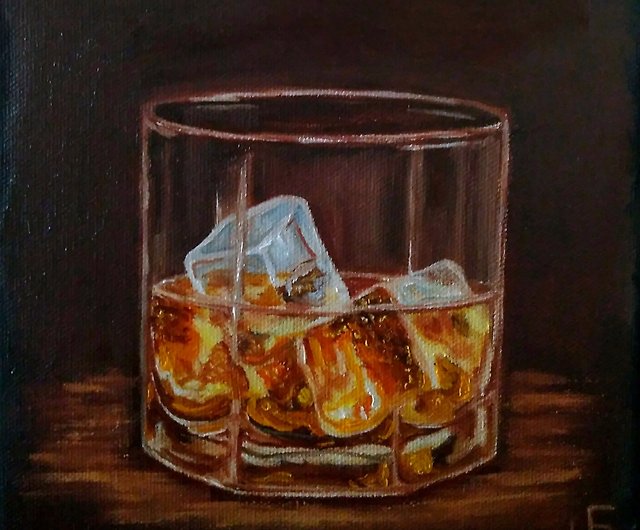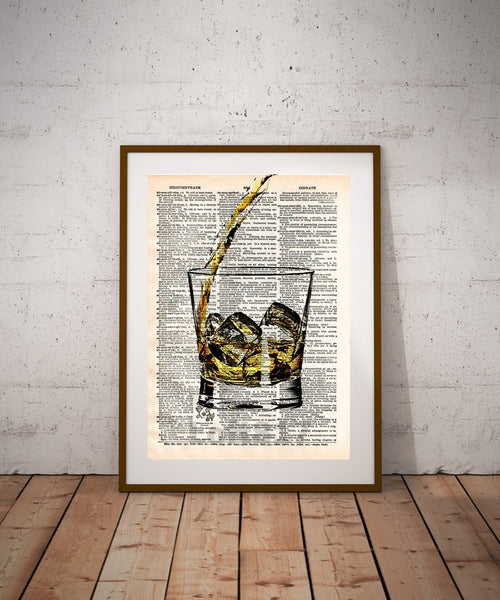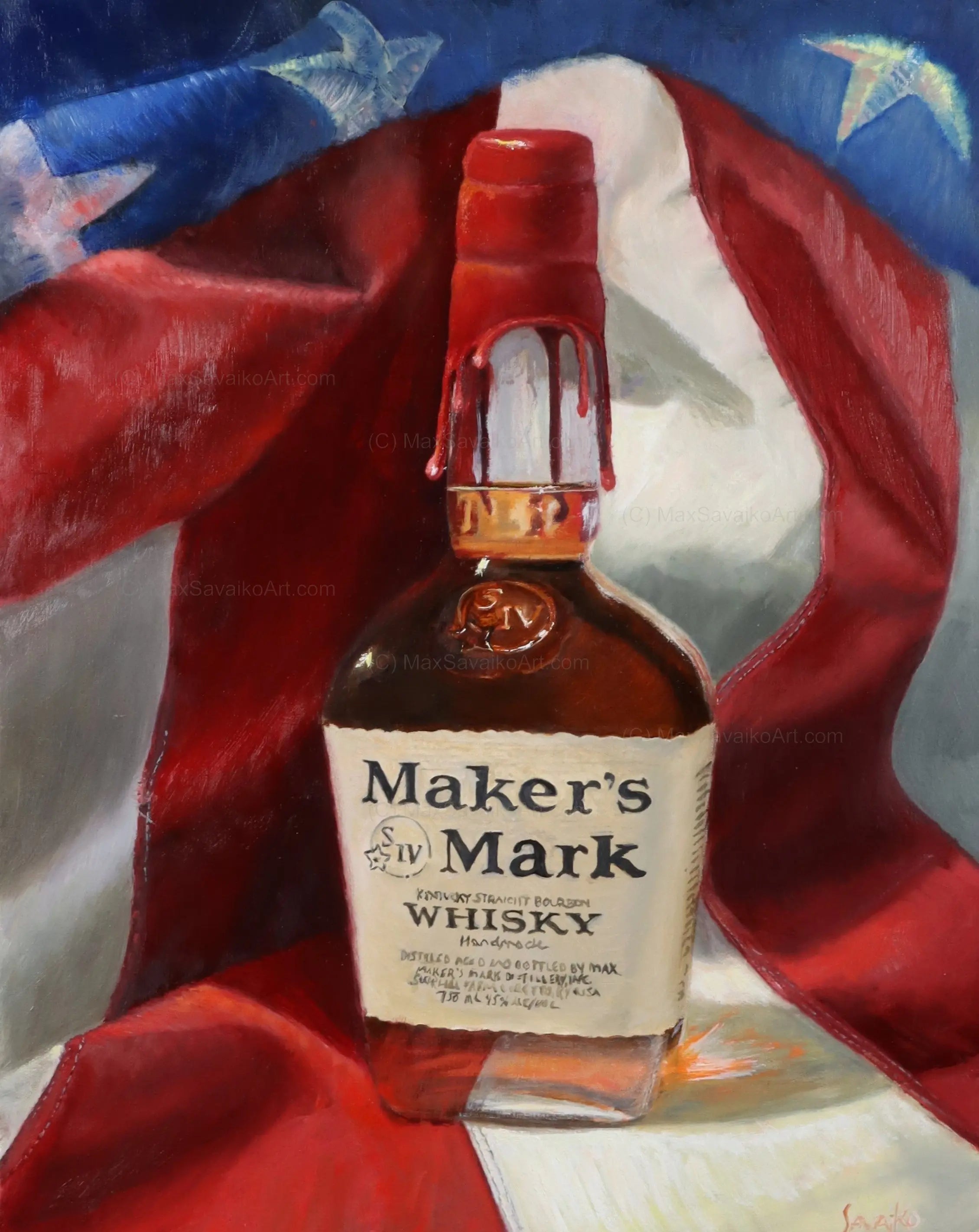Whiskey Art: Catching the Essence of Distillation in Every Brushstroke
Whiskey Art: Catching the Essence of Distillation in Every Brushstroke
Blog Article
The Relevance of Whiskey Art in Celebrating Heritage and Craftsmanship in the Beverage Sector
The elaborate relationship between scotch art and the party of heritage and workmanship within the drink industry can not be overemphasized. With attentively developed tags and containers, whiskey brands encapsulate their historic roots and the artisanal abilities that specify their production techniques. This artistic measurement not only improves market appeal however additionally functions as a channel for social storytelling, cultivating a much deeper link in between the consumer and the craft. As we check out the numerous facets of this topic, interesting concerns concerning the effect of modern fads on traditional practices emerge, triggering further exam.
The Historic Origins of Whiskey
At the heart of scotch's appeal exists an abundant tapestry of historical origins that trace back to old human beings. The beginnings of whiskey can be connected to the purification practices of the Sumerians and Babylonians around 2000 BCE, where early kinds of fermented grain drinks began to emerge. It was in the Center Ages that the art of distillation developed considerably, particularly in Ireland and Scotland, leading to the creation of bourbon as we understand it today.
The term "scotch" itself originates from the Gaelic word "uisce beatha," indicating "water of life." This phrase emphasizes the cultural relevance of whiskey in Celtic societies, where it was commonly linked with rituals, celebrations, and public bonding. By the 15th century, purification came to be an acknowledged craft within monastic neighborhoods, leading the way for the facility of legal distilleries.
As trade courses increased, scotch's appeal grew, going beyond local boundaries and recording the interest of connoisseurs worldwide. Bourbon Art. This historic journey mirrors not only the workmanship behind whiskey production but also its integral function in social and social contexts, noting it as a considerable drink throughout background
Artistic Expression in Branding
Bourbon branding stands as a compelling intersection of creativity and business, where visual identity plays a vital role fit customer perception. The visual appeals of whiskey tags, product packaging, and advertising products mirror not just the brand's story yet also its core values and heritage. Via creative expression, distilleries convey a narrative that reverberates with consumers, evoking emotions and stimulating links.
Making use of shade, typography, and imagery in branding offers to differentiate items in a saturated market. As an example, traditional motifs may evoke a feeling of credibility and craftsmanship, while contemporary styles can symbolize development and forward-thinking. This critical imaginative direction boosts brand acknowledgment and loyalty, allowing customers to create a personal relationship with the scotch they select.
In addition, artistic expression in branding commonly functions as a party of regional heritage. Distilleries regularly include local signs or historical referrals right into their designs, creating a local color that welcomes consumers to partake in a wider social experience. Inevitably, the creativity behind bourbon branding not just boosts visual allure yet also enhances the total narrative of the brand name, fostering a deeper gratitude for the craftsmanship and heritage ingrained in each bottle.
Craftsmanship in Bottle Layout
The artistry obvious in bourbon branding prolongs beyond aesthetic identification to incorporate the workmanship associated with container style. Each bottle functions as a vessel not just for the spirit within, yet also for the tale it outlines its practice, high quality, and beginning. The layout procedure calls for precise interest to information, as components such as material, form, and closure add substantially to the total perception of the scotch.
Craftsmanship in bottle design entails picking top notch glass that can improve the whiskey's shade and clearness, while also providing a responsive experience for the consumer. The silhouette of the container need to be both cosmetically attractive and functional, typically reflecting the heritage of the brand name. Numerous distilleries select distinct shapes or printed logo designs that stimulate a sense of credibility and history.
In addition, the tag style and typography play a crucial function in communicating the brand's narrative. Realism Art. A well-crafted container not just captivates the consumer's eye yet also reinforces the brand's commitment to high quality and practice. This way, the workmanship of bottle layout comes to be an investigate this site essential element of the bourbon experience, combining creativity with a profound regard for heritage
Cultural Importance of Bourbon Art
Commemorating custom and craftsmanship, the social value of scotch art goes beyond simple appearances, intertwining with the historical and social narratives of the regions where it originates. Each container functions as a canvas, illustrating the one-of-a-kind tales, mythology, and customs that have actually formed neighborhood whiskey-making techniques. The intricate More Help styles often show the heritage of the distillers, incorporating symbols and themes that resonate with the culture and worths of their neighborhoods.

In addition, bourbon art plays a crucial duty in public events and parties, serving as a substantial web link in between people and their shared experiences. By appreciating the virtuosity in whiskey packaging, consumers cultivate a deeper understanding and regard for the craft, eventually enriching their satisfaction of the drink itself.
Modern Trends in Bourbon Discussion
In recent years, the discussion of whiskey has advanced to mirror contemporary tastes and patterns while still recognizing typical workmanship - Limited Edition. Distilleries are significantly concentrating on aesthetic elements that improve the total alcohol consumption experience, connecting the void between heritage and modernity
Ingenious bottle designs have arised, typically incorporating sustainable materials and imaginative labels that tell engaging tales. Many brands now team up with regional musicians, instilling their products with one-of-a-kind visual expressions that reverberate with consumers. In addition, limited-edition releases are frequently packaged in collectible containers, adding worth and charm for visit our website lovers.

Verdict
To conclude, bourbon art functions as a vital avenue for revealing the heritage and workmanship fundamental in the drink industry. Through elaborate branding, cutting-edge container styles, and culturally significant imaginative aspects, bourbon brands successfully honor their customs and connect with consumers. This imaginative story not just boosts the appreciation of bourbon but additionally strengthens community identification and pride among manufacturers. Inevitably, scotch art plays an important role in preserving and celebrating the abundant social tapestry of whiskey-making.


Workmanship in bottle design involves selecting premium glass that can enhance the scotch's shade and clarity, while additionally supplying a responsive experience for the customer. In this way, the workmanship of bottle layout becomes an important aspect of the scotch experience, combining creativity with an extensive regard for heritage.
In final thought, bourbon art offers as an important channel for expressing the heritage and workmanship fundamental in the beverage industry.
Report this page